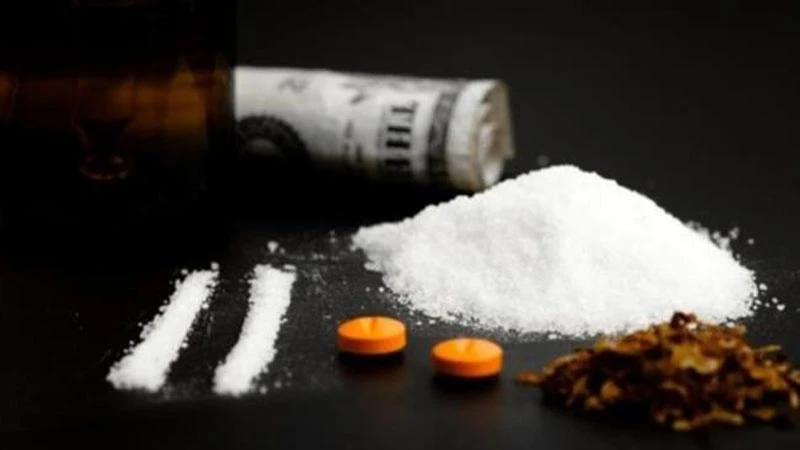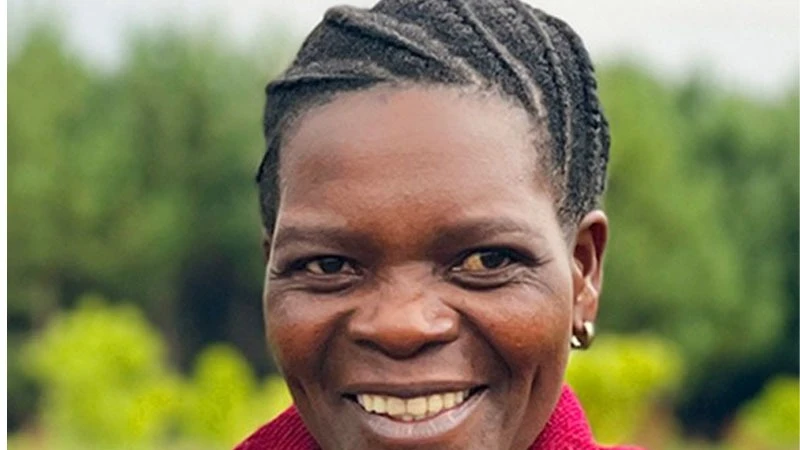Addiction: Monster wreaking untold havoc (I)

THIS is not a fictional tale. Someone will die –eventually. The death will be monstrous, but there will be no police investigation.
The murder weapon will remain undiscovered. The only person who truly knows what happened will be dead. And the killer? Still roaming free.
This killer monster lurks unseen in the city, much like a ghost cloaked in shadows. It is waits for the perfect moment to strike – silent, relentless and cunning.
The monster thrives on secrecy and fleeting pleasures, preying on its victims’ vulnerabilities. Its ultimate goal: to make their lives fall apart, leaving families and communities in despair.
Death often finds its victims after a long and reckless battle with this beast. The evidence left behind reveals prolonged abuse – alcohol, drugs and sometimes both.
The monster’s profile
The killer monster has no preference for age, gender, race or faith. It preys indiscriminately. Survivors describe its influence as overwhelming: “It’s like having a voice in your head constantly encouraging you to burn down your life, and you don’t even understand why,” says Beth – of course, an assumed name.
Medical reports give the monster’s greatest strength as its ability to disguise itself. It wears many masks – a friend, a lover, a neighbour, even a family member. It deceives its victims into believing that it means no harm, making its betrayal all the more more malicious, treacherous and devastating.
At first, the killer monster infiltrates the brain, manipulating memory, emotions and the sense of reward. Slowly, it builds an obsession, a compulsive drive that traps the victim in its web.
The monster’s victims soon lose control of their actions and decisions and, eventually, their lives altogether. By then, the monster will have delivered its fatal blow.
Lives torn apart
James (again an assumed name) was found in a ditch, robbed of almost whatever one would find worth whisking away, stabbed and left dying. His autopsy pointed to a night of binge drinking.
In a different incident, the lifeless body of a woman was discovered in her bedroom. One could easily see rescription pills scattered across the floor, which pointed to suicide.
In yet other incidents, a woman was left lying on the roadside, a suspected victim of overdose and sexual violence. Another stood behind bars in connection with a pub brawl, bearing the scars of her supposedly substance-fuelled rage.
These are but a few of numerous cases and names one could readily recall and cite with respect to substance abuse and related incidents. There are countless others.
The global health crisis
Across the world, this killer monster has been identified for what it truly is: Disease of Addiction. It’s a progressive, chronic and often fatal condition that continues to tighten its grip on individuals, families, communities and society generally.
In Tanzania, this epidemic has been accelerating at an alarming pace. According to some authoritative reports, the year 2020 saw 3.1 per cent of the country’s population struggle with health disorders induced by substance use, with youth being disproportionately affected.
Over 30 per cent of Tanzanian teenagers are meanwhile reported to be experimenting with drugs or alcohol, early exposures commonly leading to lifelong battles with addiction.
Addiction doesn’t just claim lives; it fractures communities and erodes the fabric of society. As the government and various other local and foreign or international players or stakeholders battle this crisis, we’re left asking: Is enough being done to contain this killer monster?
Addiction: Misunderstood disease
Addiction is much more than just the misuse of drugs or alcohol. It’s not merely about the substances themselves. Rather, it’s even more importantly and sadly about the deep wounds it masks.
The drug, the drink, or the behaviour isn’t the problem; to the contrary – and, rather ironically –the solution. It’s a destructive, life-destroying solution, but a solution nonetheless. Addiction is rooted in pain – an attempt to escape discomfort, loneliness or self-loathing.
Imagine being allergic to your own existence, constantly feeling out of place, even in a crowded room. That gnawing discomfort leads to desperation – a need to numb the pain, to escape reality, to find fleeting relief.
The addiction of choice becomes a lifeline, even as it drags the people directly affected increasingly deeper into despair and destroys them from the inside out.
Why we must act
As noted, addiction is not just a personal battle; it is a relentless epidemic that silently tears through families, communities and society generally.
Behind every statistic lies a human story, one of pain, resilience and, often, hope. Those who have lived through its suffocating grip will swear that it is not some abstract issue but a reality known all too well.
It’s a cunning predator, an enemy that thrives in silence, shame and misunderstanding. Yet, too often, the public conversation around it reduces individuals to their lowest moments, ignoring the complex and deep personal reasons that lead the gullible and other victims down that path.
That is why we all need to confront and demystify the myths and stigma surrounding addiction with the urgency and empathy they call for.
Addiction doesn’t discriminate. It doesn’t care about age, gender, race, status or other factor, aspect or consideration. It claims lives indiscriminately, leaving a trail of devastation in its wake.
What many people often fail to understand, though, is that addiction isn’t just about drugs or alcohol. Rather, it’s about pain – pain so overwhelming that numbing becomes just about the only survival strategy.
For many, as noted, the substance or behaviour isn’t the problem; it’s the solution to a deeper, festering wound.
Addiction is what happens when people feel so out of place and so alien in their own skin that the only way to cope is to escape – even if that escape comes at the cost of their lives, that is, by paying the ultimate price.
Addiction is a disease and not a moral failing – and, until we start treating it as such, we will keep losing our loved ones to its relentless grip.
Through my own experience, I’ve seen how addiction creates a prison of the mind. It’s a cycle of guilt, shame and self-destruction – a gnawing sense of loneliness and alienation that seems impossible to escape.
The impact of addiction doesn’t stop with the person or people struggling; it ripples outwards, leaving a trail of grief and confusion in its path.
I’ve seen how addiction transforms people, turning the kindest souls into strangers, and the most promising futures into tragic endings.
Yet, amid this darkness, I’ve also seen hope. Recovery is real, but it’s not easy. It takes a village, a system and an unshakeable belief in the possibility of change.
The fight against addiction requires more than personal resolve – indeed, it demands systemic action. Too bad, all too often, the resources available to those seeking recovery are woefully inadequate.
Addiction thrives at a speed outpacing the efforts to address it and, without proper intervention-prevention and long-term support, we’ll never keep up with its impact.
We badly need to prioritise safe spaces for those in active addiction to facilitate and expedite their stepping away from the chaos so that they can begin to heal.
We need community-based interventions that address the underlying pain and isolation inducing and fuelling substance use. And, most importantly, we need to replace judgment with understanding. This is because no one chooses addiction; rather, many people choose relief, however fleeting it may be.
This isn’t just about survival; it’s about reclaiming lives, restoring families and rebuilding communities. For every person struggling, there is potential for redemption, healing and fulfilment.
Addiction may be relentless, but so is hope. If you’ve lived through the storm of addiction, you know the power of recovery. But even if you haven’t, you likely know someone who has.
This is why we must act – not just for the numbers, but for the faces and names behind those numbers. I repeat: Addiction is a cunning and relentless predator that claims lives and devastates families and communities.
But together, through compassion, empathy, education and sustained effort, we can bring this silent epidemic into the light and help those still struggling find their way back to their true or original selves.
* This is the first part of a three-part feature series focusing on alcohol and drug addiction, chiefly by exploring its destructive power and what it takes to overcome it. Kindly, share your views via: [email protected]. – Editor.
By Lydia K. Igarabuza
Top Headlines
© 2024 IPPMEDIA.COM. ALL RIGHTS RESERVED

























